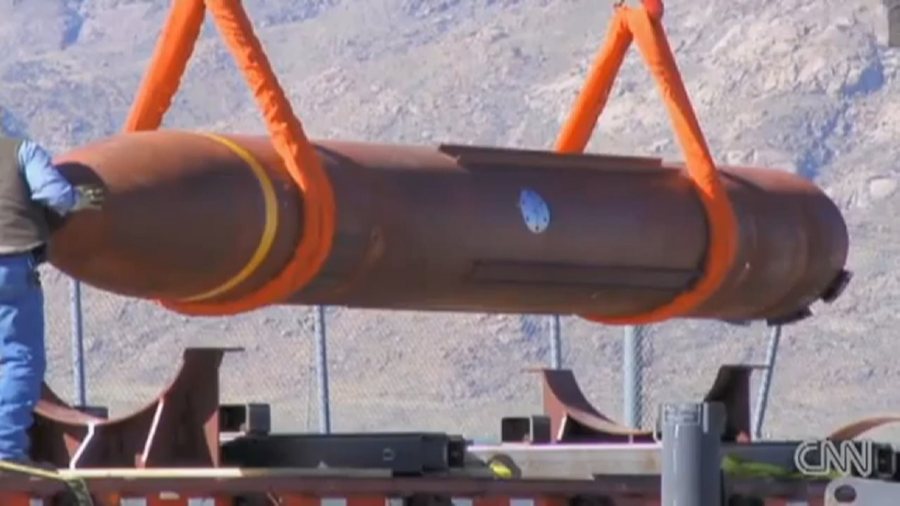
The best chance of taking down the most fortified part of Iran's nuclear program depends on a giant American bomb that has never been used in war. It is called the GBU-57, it is a 30,000-kilogram behemoth wrapped in a high-density steel alloy, designed to plunge through 200 meters of mountain rock before exploding, the American media, the Wall Street Journal, quotes.
Military analysts said a large bunker-busting ship has the best chance of hitting targets such as the uranium enrichment plant at Fordow, which Iran has buried under a mountain. Its existence has fueled speculation that the US could be involved in an Israeli attack.
"This is actually what it's designed for," said Mark Cancian, who matched bombs to targets in the military and later worked at the Pentagon on procurement and budgeting, including programs like MOP.
Before the bunker busters, the military thought it could use nuclear weapons to blast through mountains, but they were seen as politically inconvenient, said Cancian, now a senior adviser at the Center for Strategic and International Studies. Later, the U.S. worked on a new conventional alternative and spent about $400 million developing and refining the MOP, he said. The U.S. now has about 20 of these giant explosives, he said, designed to be carried by stealthy B-2 bombers.
Israel on Friday launched a campaign of intelligence operations and hundreds of airstrikes aimed at disrupting Iran’s nuclear program and toppling its regime. Israel directly hit Iran’s underground centrifuge halls at Natanz, about 140 miles south of Tehran, according to the International Atomic Energy Agency. But it has not yet attacked Iran’s other uranium enrichment site, Fordow, in central Iran, near the holy city of Qom.
If the US were to get involved, it would make sense to attack hard targets like Fordow and Natanz, said Mick Mulroy, former US deputy assistant secretary of defence for the Middle East. Destroying them could take half a dozen MOPs each, he said. (A2 Televizion)











